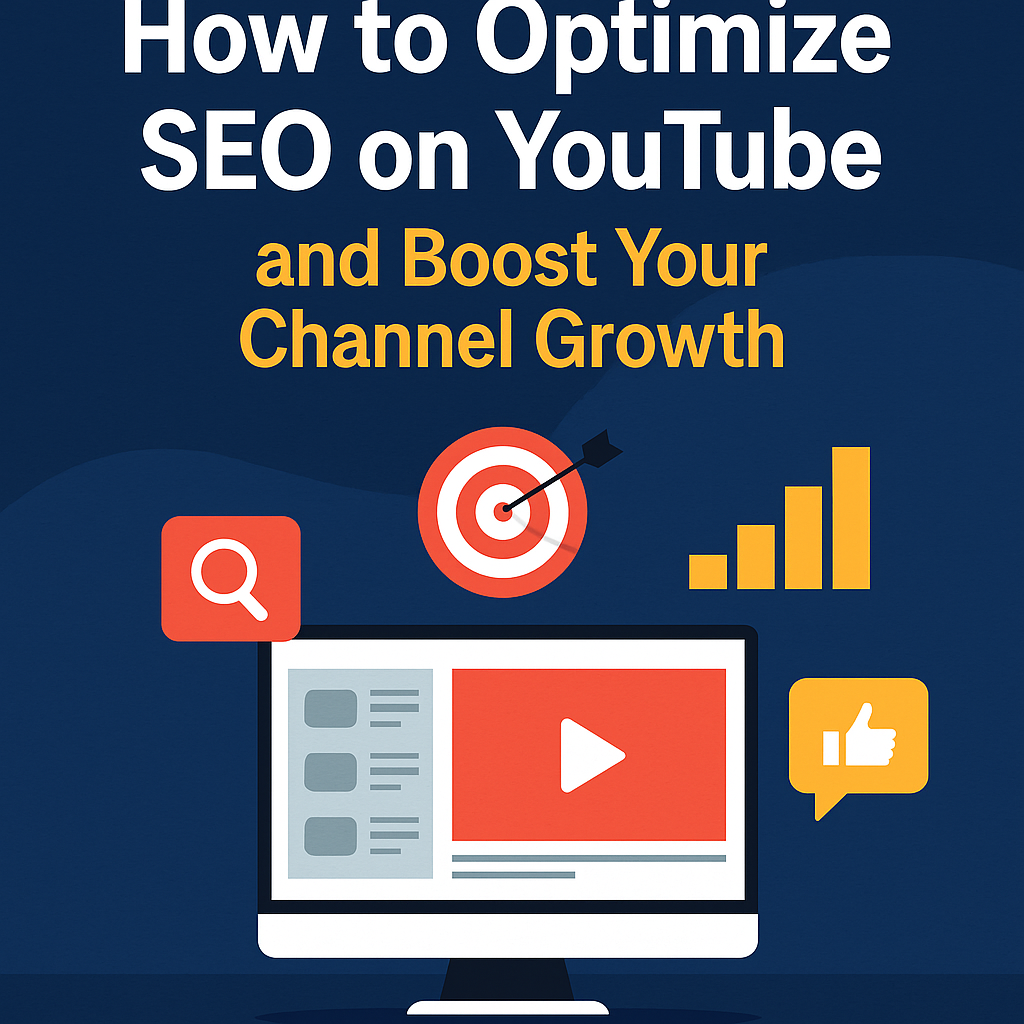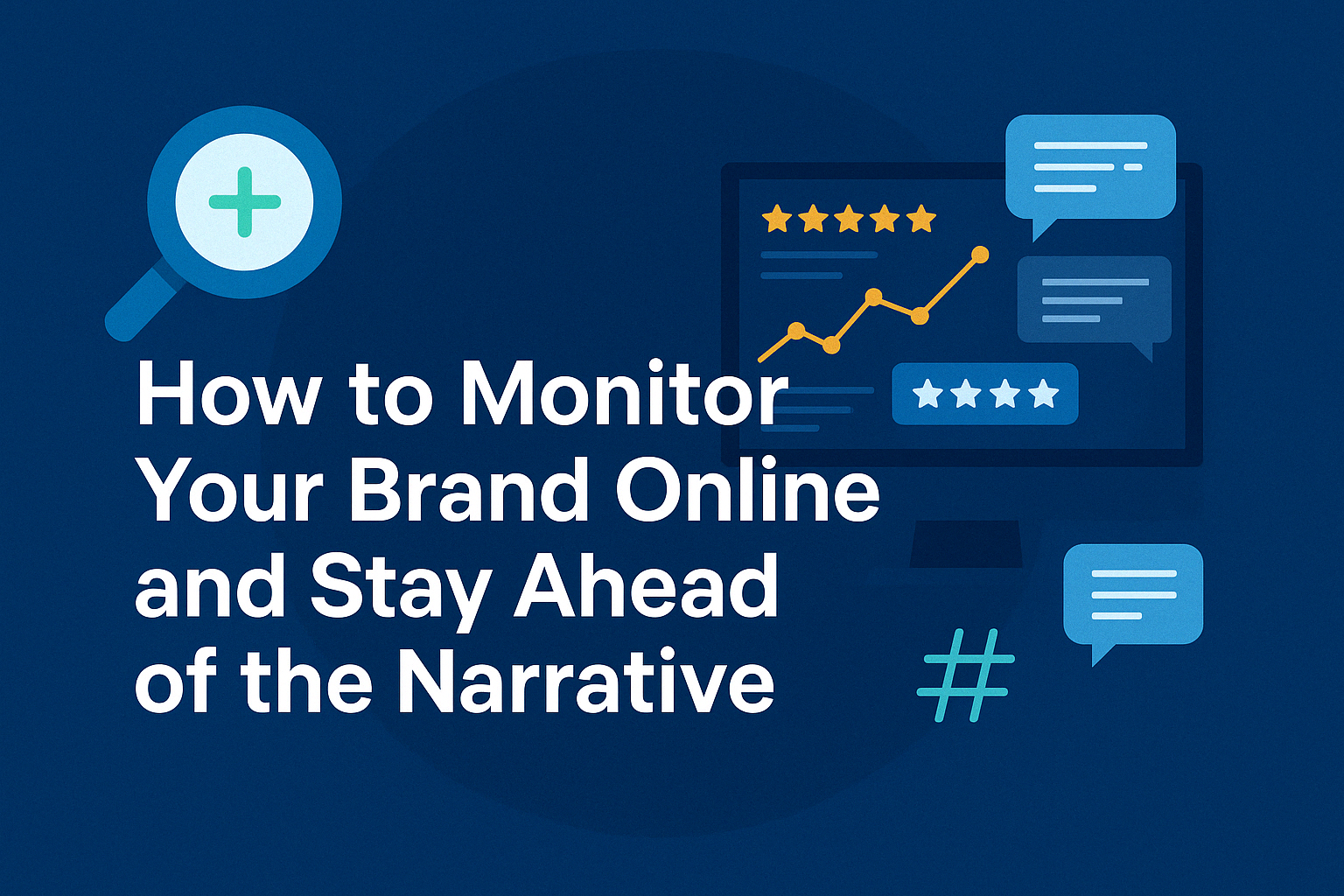Why YouTube SEO Matters
YouTube is the second-largest search engine in the world after Google. More than 500 hours of video are uploaded every minute, making it crucial to optimize your videos for discoverability.
An optimized YouTube SEO strategy can:
- Increase video visibility in search and suggested videos
- Boost subscriber growth
- Improve watch time and engagement
- Drive organic traffic to your website or brand
Without proper SEO, even the best videos risk getting lost in the flood of new content.
How YouTube’s Algorithm Works
YouTube’s ranking algorithm considers:
- Video title, description, and tags
- Watch time and session time
- Audience retention
- Engagement metrics (likes, comments, shares)
- Channel authority and consistency
Mastering these signals is essential for boosting your video’s visibility on YouTube.
Step 1: Conduct Keyword Research for YouTube
1. Use YouTube’s Search Suggest
- Start typing your video topic into the YouTube search bar.
- Note down the auto-suggested search queries.
2. Analyze Top-Ranking Videos
- Review their titles, tags, and descriptions.
- Identify keywords they target.
3. Use YouTube SEO Tools
“Understanding YouTube search intent is key to ranking videos successfully.” — Backlinko
Step 2: Optimize Video Metadata
1. Craft SEO-Friendly Video Titles
- Include the target keyword naturally.
- Front-load the most important terms.
- Keep it under 60 characters.
- Make it engaging and click-worthy.
Example:
“How to Optimize SEO on YouTube: Complete Beginner’s Guide”
2. Write Detailed, Keyword-Rich Descriptions
- Use at least 250 words.
- Include the primary keyword within the first 25 words.
- Add variations and related LSI keywords naturally.
- Provide context, value, and include timestamps if applicable.
- Link to your website, blog, or related videos.
3. Use Strategic Video Tags
- Use the primary keyword as the first tag.
- Add related keywords and long-tail variations.
- Include broad, medium, and specific tags.
Example:
Tags: optimize SEO on YouTube, YouTube SEO tutorial, YouTube algorithm 2024
4. Create Engaging Thumbnails
- Use bold fonts and contrasting colors.
- Highlight the video’s main benefit.
- Include a human face with expressive emotion if possible.
Step 3: Enhance Viewer Engagement Signals
1. Improve Audience Retention
- Hook viewers in the first 15 seconds.
- Use pattern interrupts (visual or audio changes).
- Maintain a fast-paced, value-driven delivery.
2. Encourage Engagement
- Ask questions to prompt comments.
- Include a strong call-to-action (“Subscribe for more tips!”).
- Use end screens and cards to guide viewers to more content.
3. Boost Watch Time
- Create binge-worthy playlists.
- Recommend relevant videos at the end.
- Link series videos in description and comments.
“Longer session durations positively influence YouTube’s ranking signals.” — YouTube Creators Academy
Step 4: Optimize Your Channel for SEO
1. Optimize Channel Keywords and Description
- Add target keywords in your channel description.
- Focus on niche relevance and value proposition.
2. Organize Content Into Playlists
- Group related videos into keyword-optimized playlists.
- Use playlists to drive longer watch sessions.
3. Design a Professional Channel Banner
- Communicate your channel’s theme and value instantly.
- Include a CTA if appropriate (e.g., “Subscribe for new videos every Friday!”)
4. Create a Strong About Section
- Include primary keywords naturally.
- Highlight what your channel offers.
- Add links to your website and social media.
Step 5: Promote Videos to Boost SEO
1. Share Across Social Media
- Facebook, Twitter, LinkedIn, Reddit, and niche communities.
- Use native posting formats when possible.
2. Embed Videos on Your Website
- Write SEO-friendly blog posts around video topics.
- Embed videos on high-traffic pages.
3. Collaborate with Other YouTubers
- Co-create content.
- Cross-promote channels.
- Tap into each other’s audiences.
4. Repurpose Content
- Turn videos into articles, infographics, podcasts, and social snippets.
- Increase content reach and backlink opportunities.
Pro Tips for Advanced YouTube SEO
1. Target Featured Snippets
- Create videos that answer specific questions.
- Use Q&A format.
2. Leverage YouTube Chapters
- Add timestamps to video descriptions.
- Improve user navigation and SEO.
3. Create Evergreen Content
- Focus on topics with lasting relevance.
- Update old videos with new titles, descriptions, and comments.
4. Monitor YouTube Analytics
- Watch Time, Click-Through Rate (CTR), Audience Retention, and Traffic Sources are key metrics.
“Understanding audience behavior is critical for fine-tuning SEO efforts on YouTube.” — Neil Patel
Common YouTube SEO Mistakes to Avoid
- Keyword stuffing titles, tags, and descriptions
- Ignoring thumbnails and branding
- Creating videos without clear structure or CTAs
- Focusing only on subscriber count instead of engagement metrics
- Neglecting YouTube Analytics for optimization insights
How OptimizeUp Supports Online Reputation for Video Creators
If damaging videos, fake comments, or negative search results harm your YouTube growth, professional support is crucial. OptimizeUp offers:
- Online reputation monitoring
- Removal of defamatory YouTube content
- Suppression of negative Google results
- Strategic SEO and content amplification campaigns
Ensure your personal brand remains protected—request your free consultation.
Frequently Asked Questions
It typically takes 24–72 hours for a video to fully index. SEO signals can take 2–8 weeks to show significant impact.
While less critical than before, tags help YouTube understand video context and disambiguate topics.
Ideally both. Optimize for search initially; as videos perform well, YouTube’s algorithm will push them into suggested feeds.
Consistency matters more than frequency. Uploading 1–2 times a week with optimized SEO practices is ideal.
Yes. Uploading accurate captions improves accessibility, SEO, and viewer retention.
Final Thoughts
Optimizing SEO on YouTube is not a single task—it’s an ongoing strategy combining keyword research, metadata enhancement, engagement tactics, and promotion. By mastering YouTube SEO, you increase your channel’s authority, visibility, and overall impact.
Stay consistent, focus on quality, monitor analytics, and adjust strategies as needed. Partner with us for comprehensive brand protection and online reputation management to ensure your YouTube presence reflects the best version of your work.
MLA Citations:
Miller, Olivia. YouTube SEO Playbook: Boost Your Channel’s Reach. Amplify Publishing, 2024. “YouTube Search and Discovery Systems.” YouTube Creators, 2024, creatoracademy.youtube.com. “YouTube SEO Guide.” Backlinko, 2024, backlinko.com/youtube-seo.





